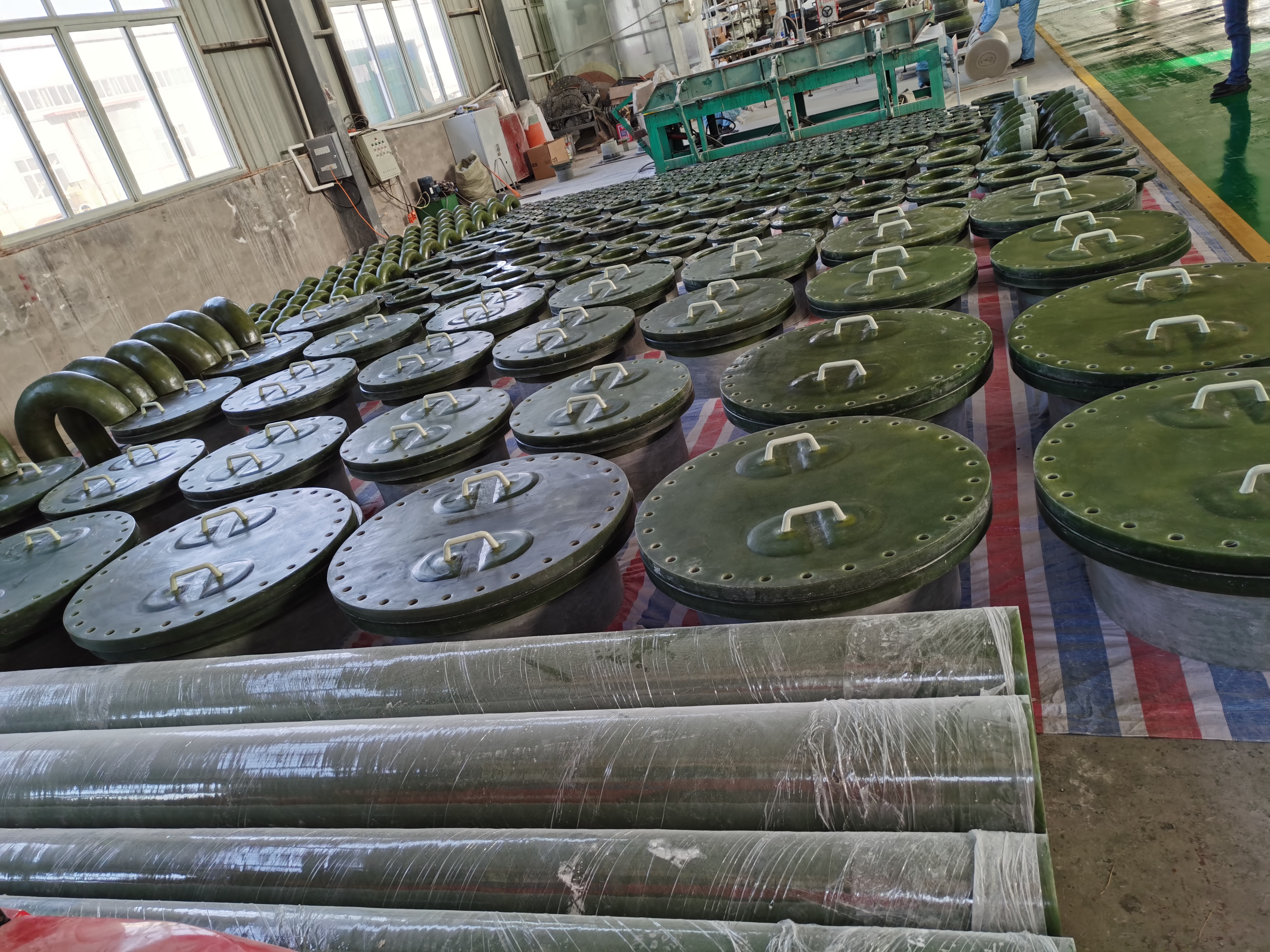
-
 Afrikaans
Afrikaans -
 Albanian
Albanian -
 Amharic
Amharic -
 Arabic
Arabic -
 Armenian
Armenian -
 Azerbaijani
Azerbaijani -
 Basque
Basque -
 Belarusian
Belarusian -
 Bengali
Bengali -
 Bosnian
Bosnian -
 Bulgarian
Bulgarian -
 Catalan
Catalan -
 Cebuano
Cebuano -
 China
China -
 China (Taiwan)
China (Taiwan) -
 Corsican
Corsican -
 Croatian
Croatian -
 Czech
Czech -
 Danish
Danish -
 Dutch
Dutch -
 English
English -
 Esperanto
Esperanto -
 Estonian
Estonian -
 Finnish
Finnish -
 French
French -
 Frisian
Frisian -
 Galician
Galician -
 Georgian
Georgian -
 German
German -
 Greek
Greek -
 Gujarati
Gujarati -
 Haitian Creole
Haitian Creole -
 hausa
hausa -
 hawaiian
hawaiian -
 Hebrew
Hebrew -
 Hindi
Hindi -
 Miao
Miao -
 Hungarian
Hungarian -
 Icelandic
Icelandic -
 igbo
igbo -
 Indonesian
Indonesian -
 irish
irish -
 Italian
Italian -
 Japanese
Japanese -
 Javanese
Javanese -
 Kannada
Kannada -
 kazakh
kazakh -
 Khmer
Khmer -
 Rwandese
Rwandese -
 Korean
Korean -
 Kurdish
Kurdish -
 Kyrgyz
Kyrgyz -
 Lao
Lao -
 Latin
Latin -
 Latvian
Latvian -
 Lithuanian
Lithuanian -
 Luxembourgish
Luxembourgish -
 Macedonian
Macedonian -
 Malgashi
Malgashi -
 Malay
Malay -
 Malayalam
Malayalam -
 Maltese
Maltese -
 Maori
Maori -
 Marathi
Marathi -
 Mongolian
Mongolian -
 Myanmar
Myanmar -
 Nepali
Nepali -
 Norwegian
Norwegian -
 Norwegian
Norwegian -
 Occitan
Occitan -
 Pashto
Pashto -
 Persian
Persian -
 Polish
Polish -
 Portuguese
Portuguese -
 Punjabi
Punjabi -
 Romanian
Romanian -
 Russian
Russian -
 Samoan
Samoan -
 Scottish Gaelic
Scottish Gaelic -
 Serbian
Serbian -
 Sesotho
Sesotho -
 Shona
Shona -
 Sindhi
Sindhi -
 Sinhala
Sinhala -
 Slovak
Slovak -
 Slovenian
Slovenian -
 Somali
Somali -
 Spanish
Spanish -
 Sundanese
Sundanese -
 Swahili
Swahili -
 Swedish
Swedish -
 Tagalog
Tagalog -
 Tajik
Tajik -
 Tamil
Tamil -
 Tatar
Tatar -
 Telugu
Telugu -
 Thai
Thai -
 Turkish
Turkish -
 Turkmen
Turkmen -
 Ukrainian
Ukrainian -
 Urdu
Urdu -
 Uighur
Uighur -
 Uzbek
Uzbek -
 Vietnamese
Vietnamese -
 Welsh
Welsh -
 Bantu
Bantu -
 Yiddish
Yiddish -
 Yoruba
Yoruba -
 Zulu
Zulu
frp settler
Understanding FRP Settler A Key Element in Flotation Processes
The process of mineral processing often hinges on efficient separation techniques to maximize yield and minimize waste. Among the various methodologies employed, the use of FRP (Fiberglass Reinforced Plastic) settlers has emerged as a significant advancement in the field of flotation processes. These settlers are engineered to optimize the collection and separation of valuable minerals from their ores, thereby enhancing overall efficiency and sustainability in mining operations.
What is an FRP Settler?
An FRP settler is a type of equipment used in mineral processing that utilizes a flotation technique to separate valuable minerals from unwanted gangue materials. The term FRP refers to the material composition of the settler, which is made from fiberglass reinforced plastic—a lightweight, corrosion-resistant, and durable material. This construction allows FRP settlers to withstand harsh mining conditions while maintaining operational efficiency.
Importance in Flotation Processes
Flotation is a widely utilized method for the concentration of ores, particularly in the processing of sulfide minerals. During this process, crushed ore is mixed with water and chemicals to create a slurry. Air bubbles are then introduced, and the targeted minerals attach to these bubbles, being carried to the surface, where they can be collected. The efficiency of this process is largely dependent on the design of the settler.
FRP settlers are crucial for several reasons
1. Enhanced Durability The chemical resistance and strength of FRP materials allow settlers to function effectively in aggressive environments without the risk of corrosion, which can be detrimental to other equipment.
2. Weight Efficiency Being lightweight, FRP settlers can be easier to transport and install than traditional metal settlers, reducing both logistical challenges and associated costs.
frp settler

3. Cost-Effectiveness While the initial investment may be higher, the longevity and reduced maintenance needs of FRP settlers can lead to significant cost savings over time.
4. Environmental Benefits The use of FRP settlers contributes to more sustainable mining practices. With improved separation efficiency, the volume of tailings produced is minimized, reducing the environmental footprint of mining operations.
Applications of FRP Settlers
FRP settlers are used across various industries, particularly in mining and mineral processing. Their applications include
- Copper and Gold Recycling FRP settlers are effective in the separation of valuable copper and gold ores, increasing recovery rates significantly. - Wastewater Treatment They are also employed in the treatment of industrial wastewater, where separation technologies play a crucial role in minimizing pollution and recovering valuable resources. - Chemical Processing The chemical industry utilizes FRP settlers for separating different components during the production of various chemicals, ensuring purity and efficiency.
Future of FRP Settlers
As the demand for sustainable mining practices grows, the role of FRP settlers in flotation processes is likely to expand. Innovations in material science could lead to even more advanced variants of these settlers, enhancing their effectiveness and further reducing their environmental impact. Moreover, the integration of automation and smart technologies in mineral processing might elevate the operational capabilities of FRP settlers, optimizing them for real-time monitoring and adaptive control systems.
In conclusion, FRP settlers represent a significant advancement in the field of mineral processing, providing critical contributions to the efficiency and sustainability of flotation techniques. As the industry evolves, the continued development and adoption of such technologies will be essential for meeting the demands of modern mining while addressing environmental concerns. Thus, understanding and leveraging the capabilities of FRP settlers should be a priority for mining companies aiming to optimize their operations and reduce their ecological footprint.









